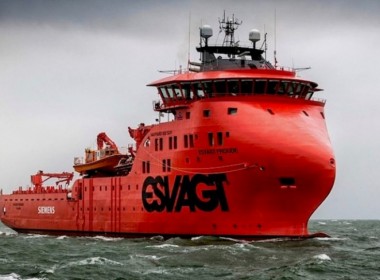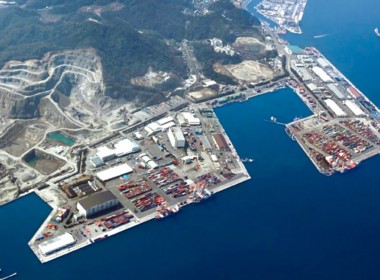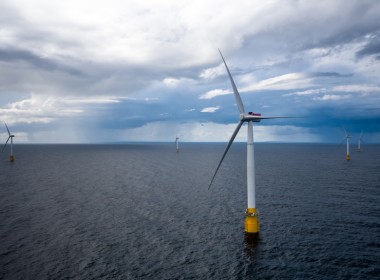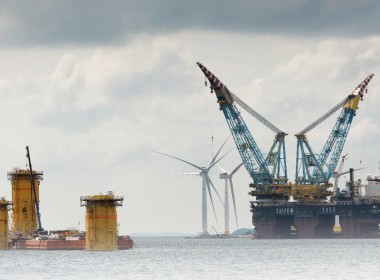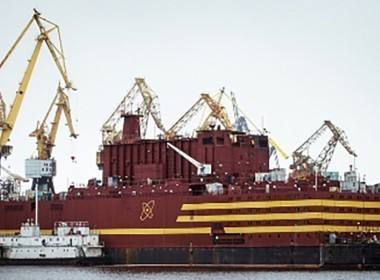DNV GL launches new joint industry project for standardisation of floating wind turbines
Fourteen global partners have launched a joint venture to produce a recommended practice for the coupled analysis of floating offshore wind turbines.
Despite the fact that the wind industry has a strong focus on the development of floating offshore wind turbines, it is still missing a widely recognised and unified approach for the practical methods to build and validate the numerical models, in accordance with the requirements in the standards, DNV GL, one of the partners, said in a statement.
“Standardisation is a key milestone to guide the industry towards the development of reliable floating wind turbines,” the company said. “Guidance includes setting up minimum requirements for the design on new concepts that can help investors’ evaluation, and supporting the more mature technologies towards a safe and secure commercialisation.”
The other partners are Ramboll, Ideol, EDF, Marin, STX Solutions Europe, Esteyco, Nautilus Floating Solutions, Olav Olsen, the National Renewable Energy Laboratory (NREL), Gicon, Glosten, Atkins, and Marintek.
“The analysis of floating wind turbines is a complex challenge that requires the integration of different technologies and disciplines,” said Luca Vita, Project Manager of the Joint Industry Project and Senior Engineer at DNV GL – Energy, Renewables Certification.
“The lack of a common agreement on the optimal approach to conduct these analyses during the different stages of the design process adds potential risk factors and time delays in the project development, but also in the cost evaluation of new conceptual designs.”


